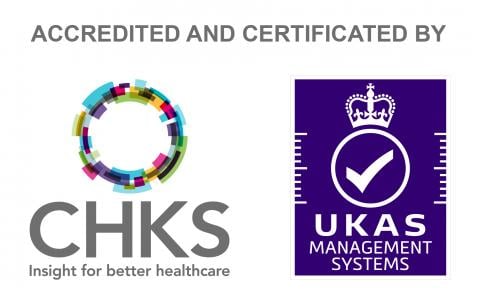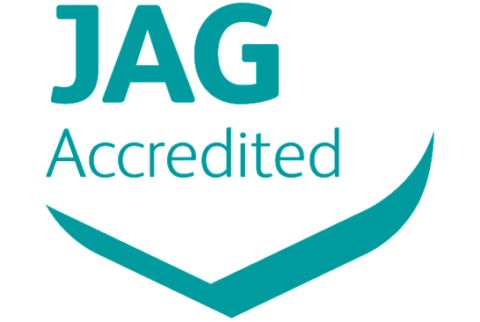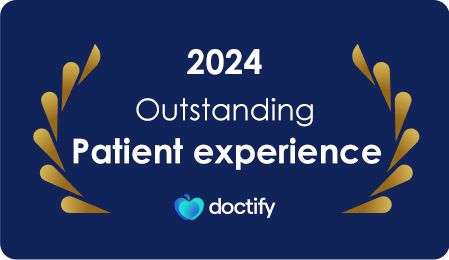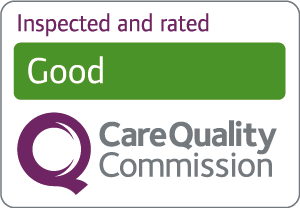This page will give you information about laparoscopic gastric banding. If you have any questions, you should ask your GP or other relevant health professional.
What is Gastric Banding?
Gastric banding involves inserting an adjustable silicone band around the upper part of your stomach. It works by making you feel full sooner so that you eat less (see figure 1).
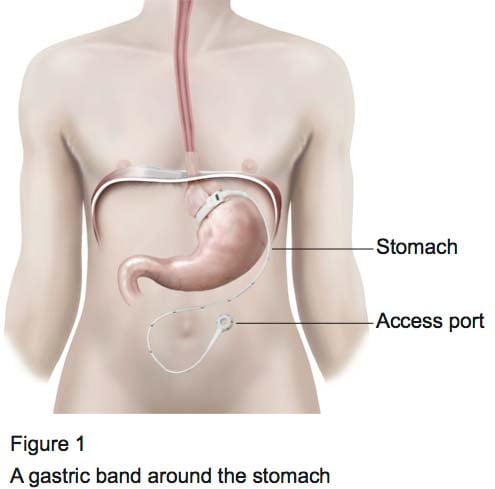
Is Gastric Banding Surgery Suitable for me?
If your BMI score is over 40, surgery may help you to achieve long-term weight loss. Surgery may also help if you have a BMI over 35 and have other medical problems such as Type 2 diabetes or high blood pressure.
Your surgeon will confirm your BMI score and carry out a detailed assessment before deciding if surgery is suitable for you.
What are the Benefits of Gastric Banding?
You should be able to achieve long-term weight loss, but this depends on your ability to keep to your new lifestyle.
Long-term weight loss should improve most obesity-related health problems you may have.

Are There Any Alternatives to Gastric Banding?
The simple approach to losing weight involves eating less, improving your diet and doing more exercise. Sometimes medication given by your GP can help.
There are other surgical options to gastric banding, such as shortening your digestive tract, sleeve gastrectomy and gastric bypass.
It may be possible to have a gastric balloon, but a gastric balloon can stay in place for only up to nine months.
Is Silicone Safe?
Many studies have been carried out to find if silicone is safe. There is no evidence to suggest that people with gastric bands have a higher risk of getting diseases such as cancer and arthritis.
The Procedure
What Does the Gastric Banding Involve?
The weight loss surgery is performed under a general anaesthetic and usually takes one to two hours.
Your surgeon will make several small cuts on your abdomen. They will insert surgical instruments, along with a telescope, so they can see inside your abdomen and perform the operation.
Your surgeon will create a tunnel behind your stomach. They will pass the band around the upper part of your stomach to create a smaller upper pouch. Your surgeon will usually fold some of the lower stomach over the band and stitch it to the upper stomach pouch.
What Complications Can Happen?
General Complications
- Pain
- Bleeding
- Infection of the surgical site (wound)
- Unsightly scarring
- Developing a hernia in the scar
- Blood clots
Specific Complications
- Damage to structures such as your bowel, bladder or blood vessels
- Developing a hernia near one of the cuts
- Surgical emphysema
- Pneumothorax
- Developing acid reflux
- Stretching of your oesophagus or your oesophagus not working properly
- Difficulty swallowing
- Making a hole in your oesophagus or stomach
- Constipation or diarrhoea
- Infection of the band
- Band slippage
- Band erosion
- Failure of the band

Following surgery
How Soon Will I Recover?
You should be able to go home the next day. However, you may be able to go home the same day.
You will be able to take only liquids for a few weeks, progressing to soft food and then, after four to six weeks, to solid food.
You should be able to return to work after one to two weeks, depending on the extent of surgery and your type of work.
Regular exercise should help you to return to normal activities as soon as possible. Before you start exercising, ask the healthcare team or your GP for advice.
On average, people who have gastric banding lose over half their excess body weight.
Summary
Gastric banding may help you achieve long-term weight loss. Success depends on your ability to keep to your new eating plan and exercising regularly.
To enquire about Laparoscopic Gastric Banding Surgery at New Victoria Hospital, call 020 894 9020 or fill out our contact form.

Consultants and Clinic Times

Professor Marcus Reddy
Specialities
Related Specialities
Bariatric Surgery/Weight Loss Surgery
Bariatric surgery is a term for several surgical procedures to aid in the treatment of unhealthy weight gain and obesity. At New Victoria Hospital, through a selection of surgical treatment plans, our…
